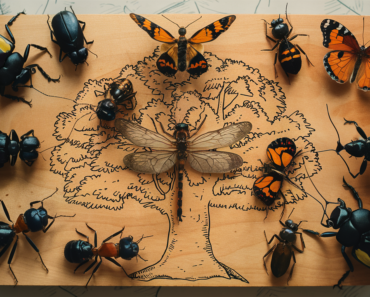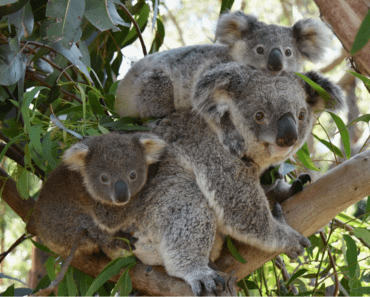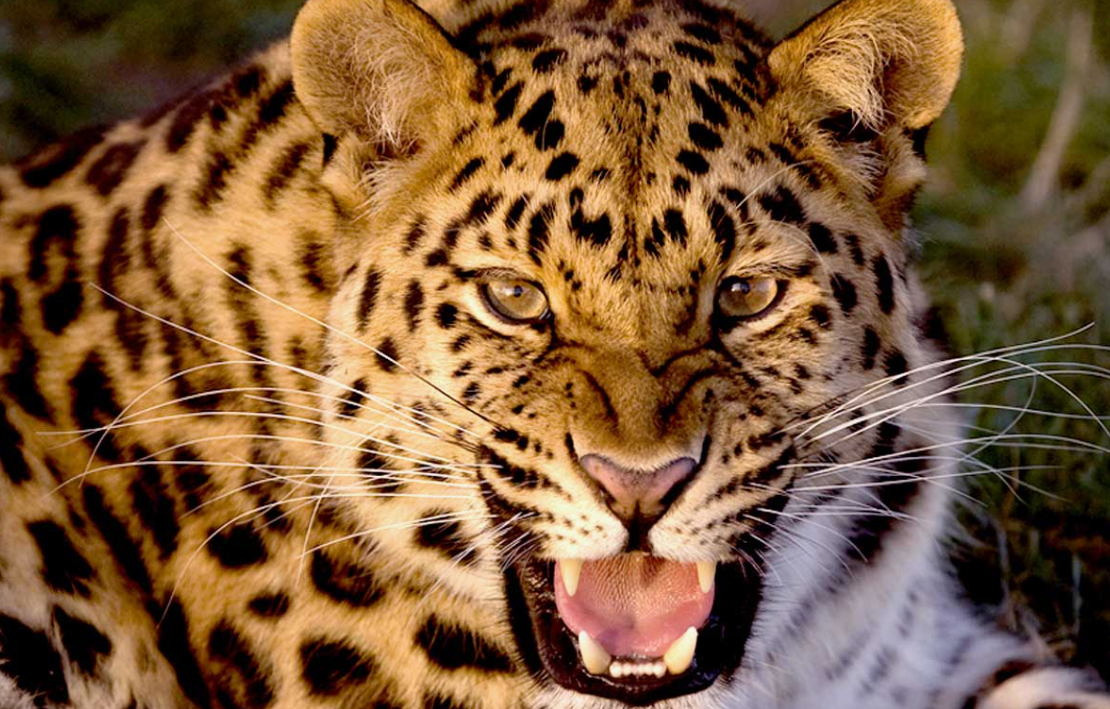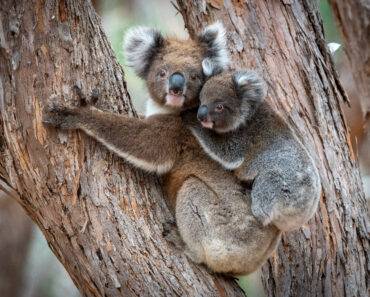Albino animals have always intrigued scientists and the public alike. Among these unique creatures, the albino koala stands out as an extraordinary example of nature’s rarest phenomena. These strikingly beautiful animals face a range of challenges due to their lack of pigmentation, making their existence both fascinating and precarious. This article delves into the unique characteristics, habitat, and conservation efforts surrounding the albino koala.
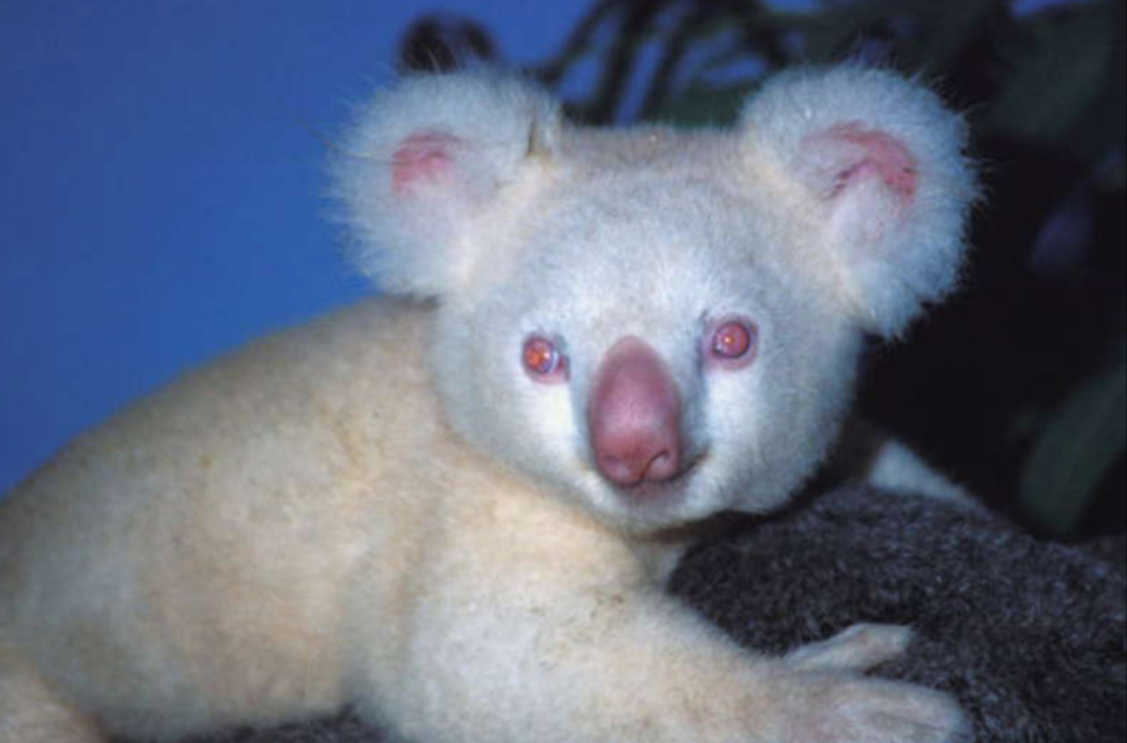
Understanding Albino Koalas: A Unique Phenomenon
What is Albinism?
Albinism is a genetic condition characterized by a lack of melanin, the pigment responsible for coloration in the skin, hair, and eyes. This condition affects both humans and animals, leading to distinctive physical traits such as white fur and pink or pale blue eyes. In koalas, albinism is particularly rare, making albino koalas an extraordinary sight.
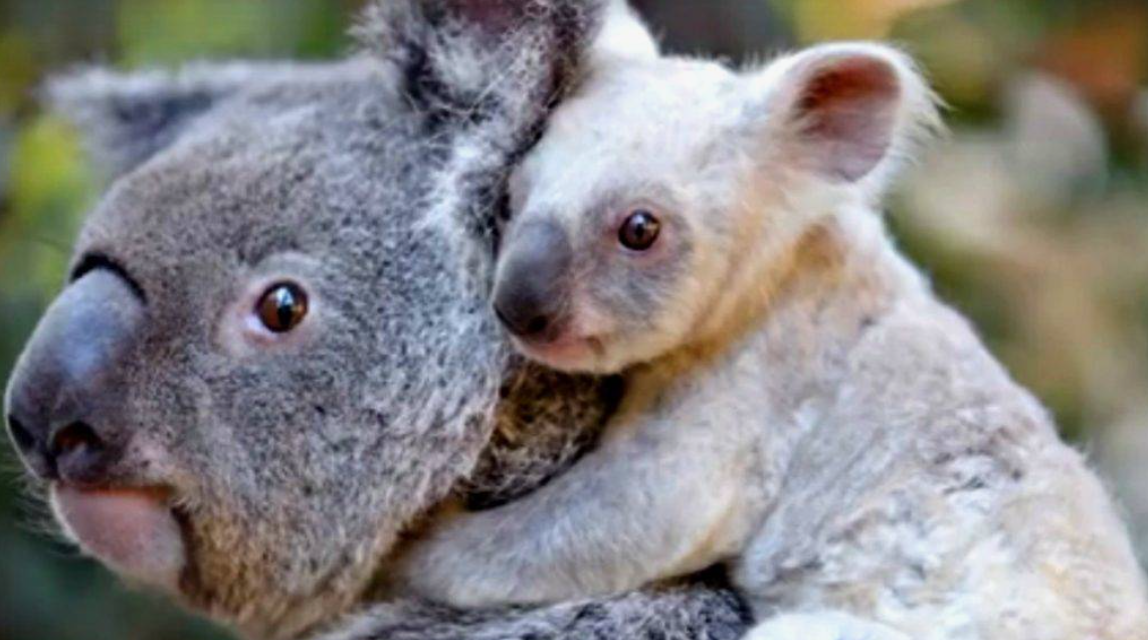
Physical Characteristics of Albino Koalas
Albino koalas are visually striking due to their white fur and light-colored eyes. Unlike their typically grey or brown counterparts, albino koalas have a stark white coat that provides little camouflage in the wild. Their eyes, often pink or pale blue, are sensitive to light, posing additional challenges for survival.
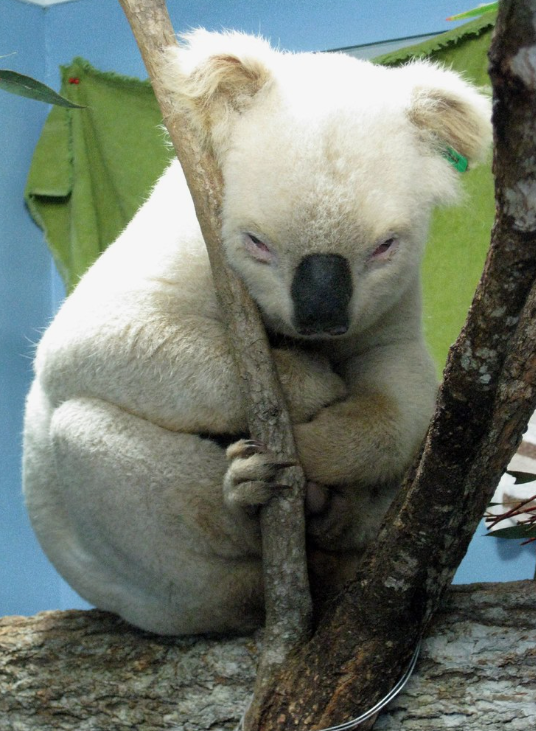
The Genetics Behind Albinism in Koalas
The genetic basis of albinism lies in mutations affecting melanin production. In koalas, albinism is usually inherited as an autosomal recessive trait, meaning both parents must carry the gene for their offspring to exhibit the condition. This rarity in genetic makeup makes albino koalas exceptionally uncommon in the wild.
The Habitat of Albino Koalas
Natural Environment and Distribution
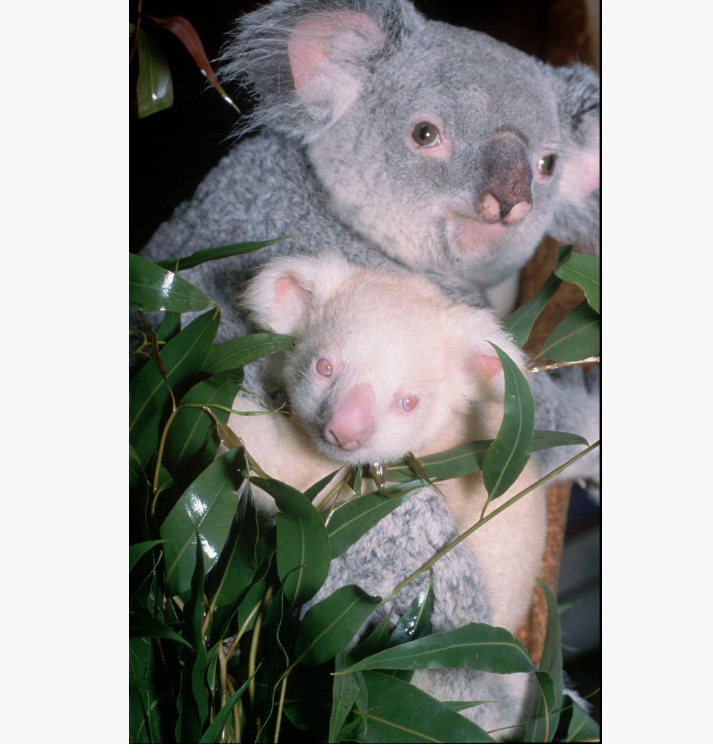
Koalas are native to Australia, primarily residing in eucalyptus forests. They thrive in regions with ample food sources and suitable tree cover. Albino koalas share the same habitat preferences as their non-albino counterparts, but their unique appearance can impact their ability to blend into their surroundings.
Challenges of Habitat Loss
Like all koalas, albino koalas face significant threats from habitat destruction. Urbanization, deforestation, and climate change have drastically reduced the available habitat for koalas, leading to population declines. For albino koalas, their conspicuous coloring further increases their vulnerability to predators and environmental hazards.
Adaptations and Survival Strategies
Despite their challenges, albino koalas have some adaptive behaviors to cope with their environment. They tend to be more nocturnal to avoid the harsh sunlight that can damage their sensitive eyes and skin. Additionally, they may rely on their keen sense of smell and hearing to navigate and find food in the dark.
Conservation Efforts for Albino Koalas
Importance of Conservation
Conservation of albino koalas is crucial not only for their survival but also for the preservation of biodiversity. Albino koalas serve as important indicators of the overall health of koala populations and their habitats. Protecting them requires addressing broader environmental issues that threaten all koalas.
Current Conservation Programs
Various conservation programs aim to protect koalas and their habitats. Organizations such as the Australian Koala Foundation work to conserve eucalyptus forests and create safe corridors for koalas to move between habitats. Specific efforts to study and protect albino koalas include genetic research and habitat restoration projects.
Public Awareness and Education
Raising public awareness about albino koalas and their conservation is vital. Educational campaigns can help garner support for conservation initiatives and promote understanding of the challenges these animals face. Zoos and wildlife sanctuaries play a significant role in educating the public and conducting research to aid conservation efforts.
Albino Koalas in Captivity
Role of Zoos and Sanctuaries
Zoos and wildlife sanctuaries are crucial for the conservation of albino koalas. These institutions provide safe environments where albino koalas can live without the threats they face in the wild. They also serve as breeding centers to help increase the population of these rare animals.
Challenges in Captivity
Keeping albino koalas in captivity poses unique challenges. Their sensitivity to light requires carefully controlled environments to prevent skin and eye damage. Additionally, breeding programs must manage the genetic diversity to avoid potential health issues associated with a small gene pool.
Success Stories and Case Studies
Several success stories highlight the positive impact of captivity on albino koala conservation. For example, the birth of albino koalas in captivity provides valuable genetic material for breeding programs and helps scientists better understand the condition and how to support albino koalas in the wild.
The Cultural and Symbolic Significance of Albino Koalas
Mythology and Folklore
Albino animals often hold special places in mythology and folklore. In Australian Aboriginal culture, albino koalas may be seen as unique and sacred beings. These cultural beliefs can enhance the efforts to protect and revere albino koalas, integrating traditional knowledge with modern conservation strategies.
Albino Koalas in Popular Culture
Albino koalas have also made their mark in popular culture. Their rare and captivating appearance makes them subjects of fascination in media, including documentaries, books, and films. This visibility can help raise awareness and support for their conservation.
Symbol of Hope and Resilience
Albino koalas symbolize hope and resilience in the face of adversity. Their ability to survive despite significant challenges serves as an inspiration for conservationists and the public alike. Protecting these rare animals reflects our broader commitment to preserving the natural world and its diversity.
FAQs About Albino Koalas
What causes albinism in koalas?
Albinism in koalas is caused by genetic mutations affecting melanin production, leading to a lack of pigmentation in the skin, fur, and eyes.
Are albino koalas more vulnerable to predators?
Yes, albino koalas are more vulnerable to predators due to their lack of camouflage. Their white fur makes them more visible in the wild.
How do albino koalas cope with their sensitivity to sunlight?
Albino koalas tend to be more nocturnal, avoiding direct sunlight and seeking shade to protect their sensitive eyes and skin from damage.
Are there any specific conservation efforts for albino koalas?
Conservation efforts for albino koalas include habitat protection, genetic research, and breeding programs in zoos and wildlife sanctuaries.
How rare are albino koalas?
Albino koalas are extremely rare due to the genetic nature of albinism, which requires both parents to carry the recessive gene.
Can albino koalas breed with non-albino koalas?
Yes, albino koalas can breed with non-albino koalas, but the chances of producing albino offspring depend on the genetic makeup of both parents.
Conclusion
The albino koala is a remarkable example of nature’s diversity and the challenges faced by rare and unique species. Through dedicated conservation efforts, habitat protection, and public awareness, we can ensure the survival of these fascinating creatures. The albino koala’s story is one of resilience and hope, reminding us of the importance of preserving the rich tapestry of life on our planet.
Sleeping Koala: 10 Fascinating Reasons Why Koalas Sleep So Much
Sleeping Koala: 10 Fascinating Reasons Why Koalas Sleep So Much
